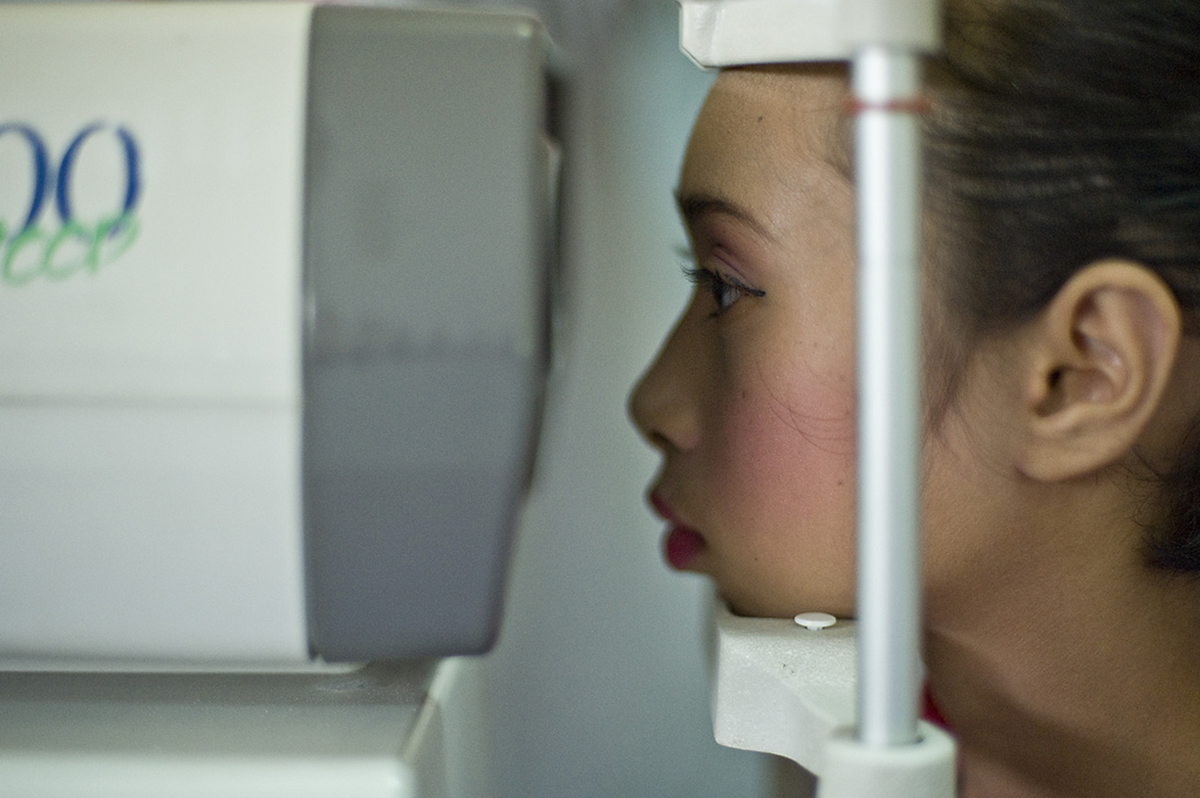Table of Contents
Did you know that up to 10 percent of preschoolers need glasses, as well as up to 25 percent of school-aged children? If your own child is among them, you wouldn't want them to miss out on the clear vision that they need to succeed academically, but also socially and in sports, would you? The American Optometric Association (AOA) warns: "A child's brain learns how to use eyes to see, just like it learns how to use legs to walk or a mouth to form words. The longer a vision problem goes undiagnosed and untreated, the more a child's brain learns to accommodate the vision problem."
The AOA recommends that a baby has their first eye exam at six months. At this point, the doctor will be looking for eye health issues, eye movement abilities, and early signs of astigmatism (simply said, blurred vision because the eye can't transform what it sees into clear images), nearsightedness (not seeing faraway objects clearly), and farsightedness (not seeing close-by objects clearly).

Your child's pediatrician will almost certainly perform a vision screening as part of their routine care. However, preschoolers (aged between three and five) need a comprehensive eye exam performed by an optometrist, as the AOA says pediatricians "may miss as many as 60 percent of children with vision problems".
By the time your child is ready for elementary school, they will need another eye exam — especially but not exclusively if they display any of the warning signs mentioned on the first page. After first grade, children should have eye exams at least every two years. When thinking about eye exams, it is important to keep in mind that any vision screening your child's school may provide isn't comprehensive, and that a child can have "20/20" vision while still suffering from other vision problems.
Why Do Pupils Need To Be Dilated?
The first time my kids were due for a thorough eye exam, I admit I was really worried about the "eye drops" that dilate their pupils. The optometrist explained that they would be slightly painful and would make the kids' eyes sensitive to light for a while. I didn't like the thought of that much, and I suspect you may feel the same. So why do pupils need to be dilated for a child eye exam?
The one, two (or in my son's case, because he was fidgety and tried to get the stuff out) three rounds of eye drops that dilate the child's pupils take about 30 minutes to start working. The drops relax the muscles inside the eye as well as dilating the pupils, so the optometrist will get a clear view (no pun intended!) of the retina and can also check the eyes for cataracts. It also enables the optometrist to give your child the right prescription if they do need glasses, because a child's eyes are better at accommodating.
READ Pediatricians Say Fever Alone Is Not a Cause for Intervention with Fever-Reducing Medications
- Photo courtesy of Casina Royale via Flickr: www.flickr.com/photos/casinaroyale/3657126784
- Photo courtesy of Casina Royale via Flickr: www.flickr.com/photos/casinaroyale/3657126784
- Photo courtesy of Pacific Air Forces via Flickr: www.flickr.com/photos/pacificairforces/8564562555


Your thoughts on this